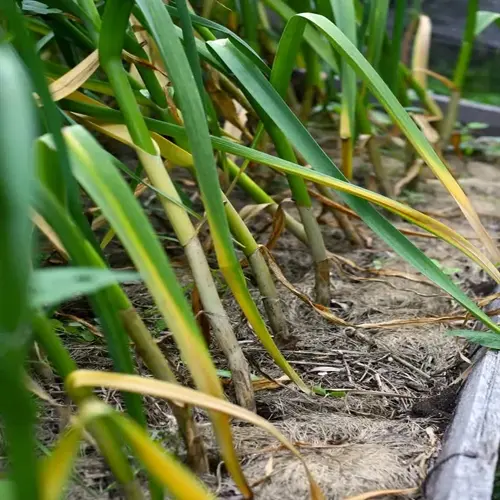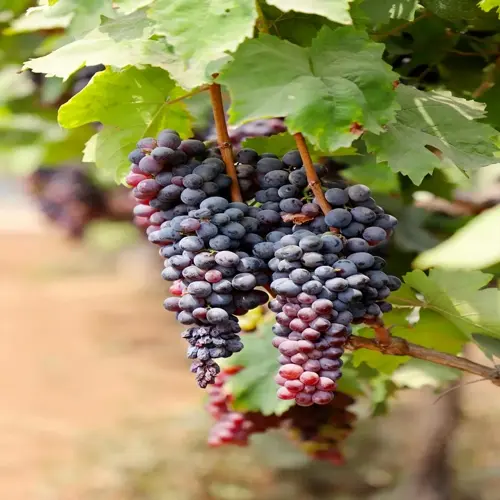Why do onion tops fall over?

Written by
Liu Xiaohui
Reviewed by
Prof. Charles Hartman, Ph.D.When onion tops flop over is the growth stage that I look for in every season to mark the critical milestone. That natural flop-over indicates that the roots have finished transferring carbohydrates from the leaves to the bulb. It signifies that the onion has reached ideal maturity rather than that it has been damaged or diseased. Forcing flops too early into this maturity stage disrupts the flow of energy and limits the bulb's size.
Carbohydrate Transfer
- Leaves produce sugars through photosynthesis then transport them downward. When complete the plant cuts nutrient flow to leaves. This biological shutdown causes natural collapse saving energy for bulbs.
Structural Weakening
- Cell walls at the neck weaken intentionally as bulbs mature. I've examined this under microscopes. The plant reabsorbs pectin compounds creating a natural hinge point for controlled falling.
Environmental Triggers
- Warm days above 75°F accelerate the process while cool weather delays it. Dry soil conditions speed collapse compared to wet soil. I track weather patterns as harvest approaches.
I have observed premature bending cause real issues. Early in my gardening career, I attempted to bend tops down. The result was smaller bulbs with thick necks that rotted quickly. Now, I wait patiently for nature to give me the signal. The difference is amazing.
Differences between varieties impact when they fall. Storage onions, such as the Copra, fall uniformly, whereas sweet onions, like the Vidalia, fall randomly. I keep track of these patterns for each type of onion I grow. Knowing these patterns helps prevent confounding natural processes with a problem.
Early Collapse Causes
- Drought stress or disease like onion smut. Check for spots or wilting. Water consistently and rotate crops yearly to prevent recurrence.
Partial Falling Solutions
- Uneven soil moisture or nutrient imbalances. Side-dress with balanced fertilizer. Ensure consistent watering without waterlogging.
The timing of harvest depends on the falling patterns. Ideally, I harvest when 80-90% of the crop has collapsed for storing varieties. Sweet onions are easier at 60-70%. Keeping track of those percentages each season helps guide my harvest timing for different varieties.
Read the full article: 7 Essential Signs for When to Harvest Onions

